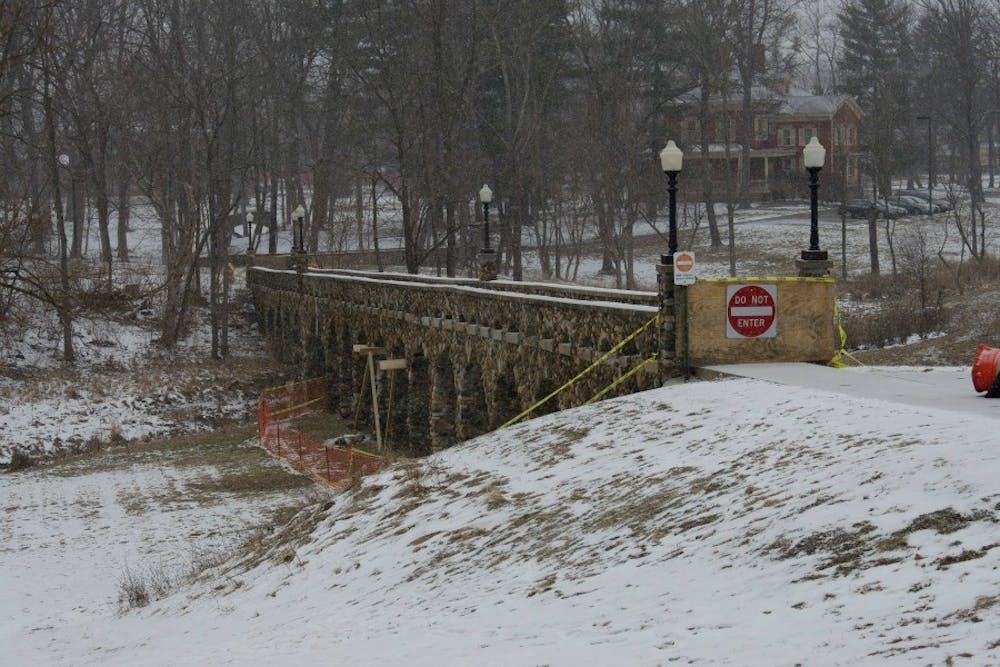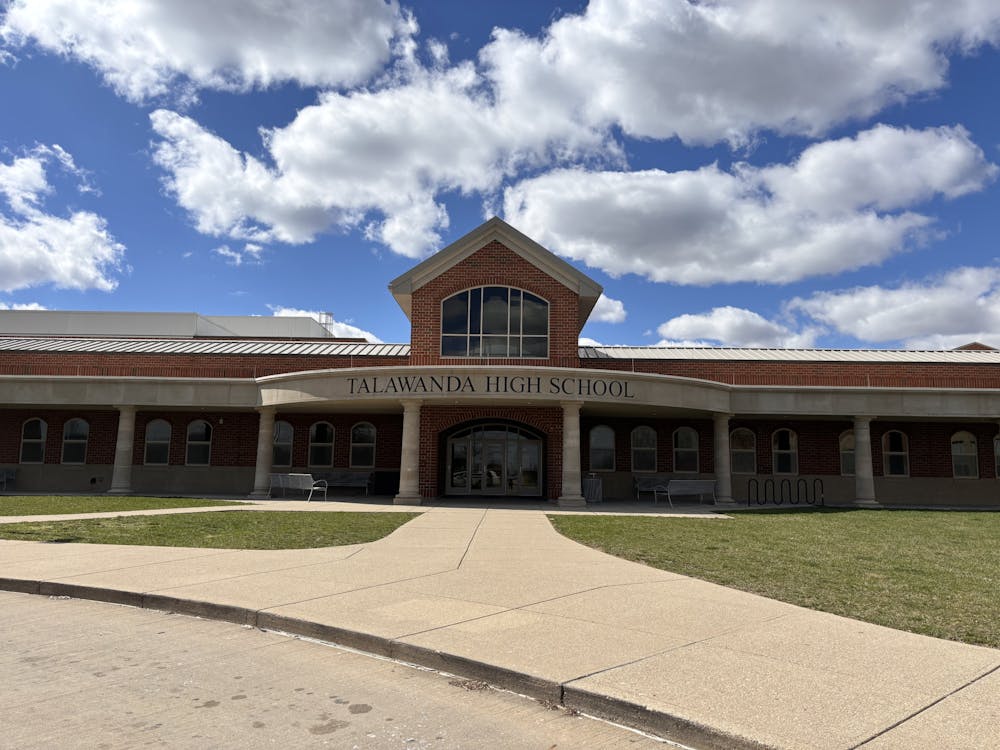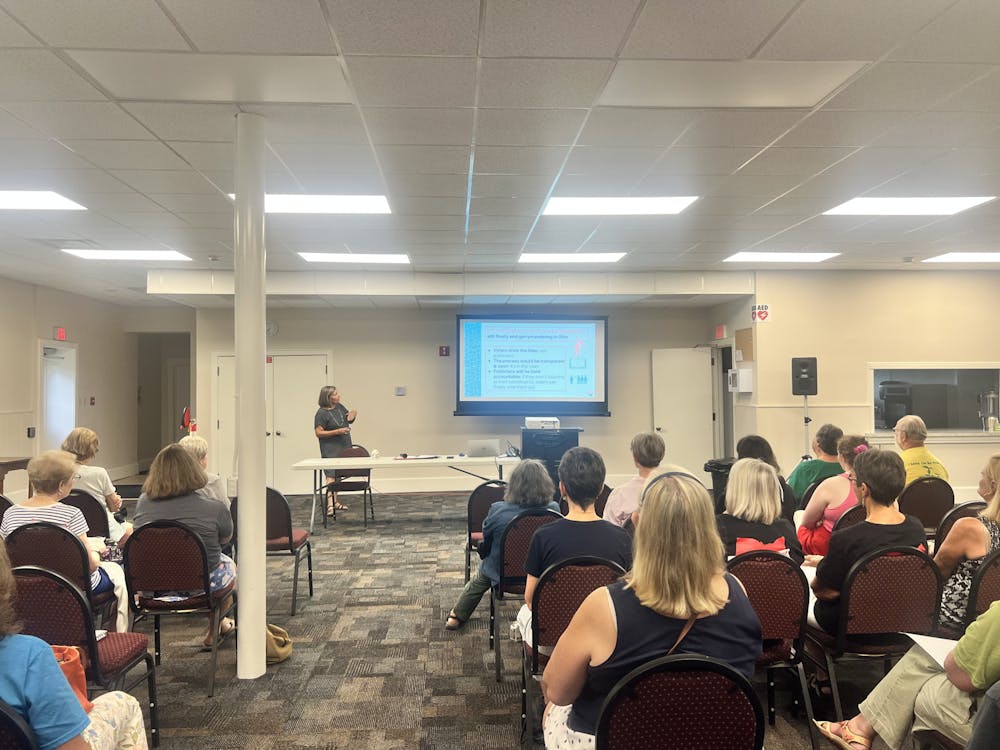By Laura Fitzgerald, Senior Staff Writer
The stone bridge south of Western Dining Hall, a unique symbol of Western campus for generations of students, closed two weeks ago for emergency repairs.
Miami closed the bridge after stone fell from it, damaging the structural integrity of the bridge, said Vincent Cirrito, landscape architect and grounds manager.
"We don't feel comfortable with folks walking on it, so that's why we closed it and we want to get it back into a position where we do feel comfortable with it," Cirrito said.
Currently, the university is stabilizing the bridge with wooden scaffolding. Once this is done, the structural engineer hired by the university will decide whether to open the bridge. After funding is allocated, full repairs on the bridge can be completed.
First-year Marilyn Price lives in McKee Hall. She says she used the bridge often and now has to take Western Drive, which adds time to her walk to classes.
"Whenever you leave the building, basically it's the bridge you take," Price said. "I have to take Western Drive and go in front of Western Dining Hall, which, in the winter, is difficult."
Price says she also enjoys the aesthetic of Western's bridges.
"I like them a lot. They're really pretty to walk across," Price said. "It's kind of an attribute that characterizes Western."
The temperature fluctuation this winter causes freeze-thaw cycles that damage the bridge, Cirrito said. Water collects in the cracks in the stone. When water freezes it expands, causing the stone to crack. Warmer temperatures melt the water, and then it freezes again. It's the same process that causes potholes in roads.
Cirrito says the structural engineer examined three western bridges last year and deemed them in need of repairs, but still safe to walk across.
The university is unsure when the bridge will reopen, Cirrito said.
Enjoy what you're reading?
Signup for our newsletter
While many students walk across Western's bridges every day, most don't know of the unique history under their feet.
Oxford native Cephas Burns engineered and built all 10 western bridges in the late 1910s and early 1920s, according to a 1977 Western Alumnae Bulletin. The grandson of freed slaves, Burns learned the stone mason trade from his father, Richard Burns.
William Boyd, president of Western College for Women, heard of the young stonemason's talent and hired him to replace all the wooden bridges on Western with stone bridges.
Burns hand-picked all the stones for the bridges from the banks of Four-Mile Creek, Harker's Run, Collin's Run and other nearby creeks and quarries.
He washed the stones by hand when he was working on the bridges. He wouldn't consider the mortar dry until after 30 days, even though the state building code required only 10.
Burns also built many other stone structures on Miami's and Western's campuses, most notably all of Western's stone lamp posts, Kumler Chapel and the stone foundation of Benton Hall.
Western College alumnae carry many memories associated with the Western Bridges.
Barbara Wentz, '68 Western College alumnae, says many seniors took their senior pictures at the bridges and caroled across them by candlelight at Christmas Time. She says she enjoyed the beauty of the bridges. It was an attribute that made Western unique.
"They made campus more beautiful and gave it more personality," Wentz said. "It was an important part to how we identified the campus."
Wentz says she appreciates the way Miami has emulated Western College's stone architecture in the new buildings and that they are keeping the bridges in repair.
"It was a wonderful gesture on their part to maintain the integrity of our campus," Wentz said.




